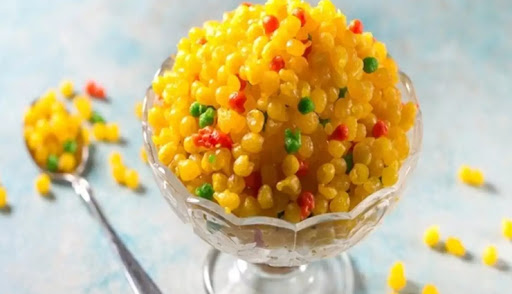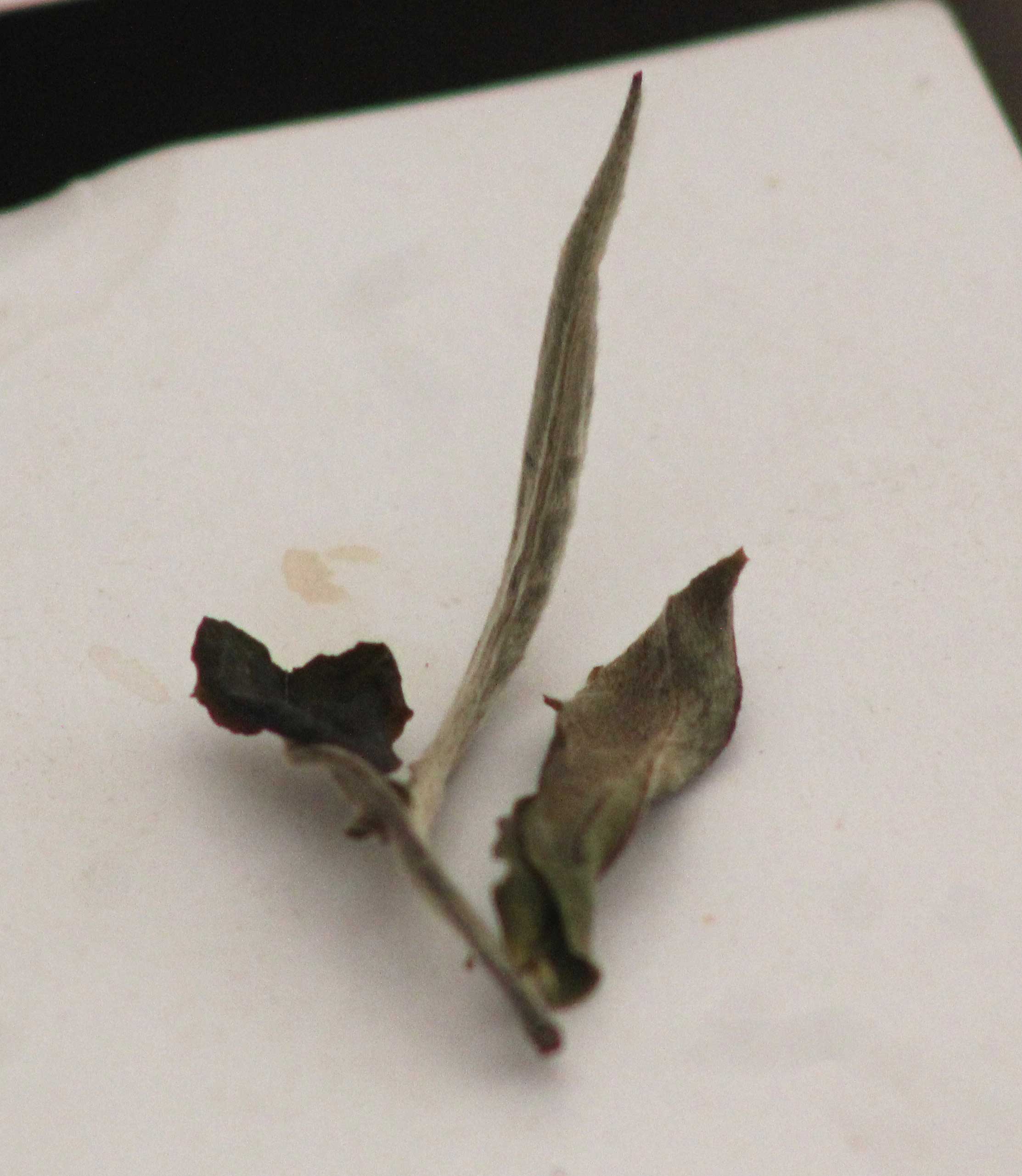Children typically start to lose their baby teeth and replace them with adult teeth when
they are six or seven years old. Some children start losing teeth earlier; others start later. The order in which your child’s teeth come in is more important than when they start to come in. Most often, the first permanent teeth to come in are the lower front four. Some children, however, get their first permanent molars first (sometimes they are called the six-year molars).
The six-year molars come in behind the primary teeth. They do not replace primary teeth. Around age 11 or 12, the second permanent molars (also called 12-year molars) come in behind the six-year molars. By the time your child is 13 years old, most of the permanent teeth will be in place. Wisdom teeth, or third molars, come in between ages 17 and 21, but some people do not get any wisdom teeth, or don’t get all four. More often, however, wisdom teeth do develop though there may not be room in the mouth for them.
Caring for Permanent Teeth
You should continue to help your children brush their teeth twice a day until they are eight years old or can show that they can do a good job on their own. Brush after breakfast and before bed. Keep your children’s teeth free of food particles, especially the molars. Molars have lots of little grooves and crevices where food particles can hide and act as food for bacteria. Your dentist also can place sealants on your children’s molars to protect them from decay. But it’s still important to brush and floss.
When your child is still very young, you can cradle his head in one arm and use your other hand to brush. Once children have the coordination and dexterity, they can brush on their own. Be sure to inspect after each brushing and go over spots your child may have missed.
A few other tips:
- Use a soft nylon toothbrush with a pea-sized dab of fluoride toothpaste.
- Teach your child to spit out the foamy saliva.
- As soon as any two of your child’s teeth touch each other, floss between them. After age nine children can floss their own teeth. Flossing
removes food from between the teeth where a toothbrush can’t reach.
Talk to your child’s dentist or doctor to be sure he or she is getting the right amount of fluoride.
Diet and Your Child’s Teeth
While what your child eats is important for healthy teeth, how often a child eats is just as important. Frequent snacking can increase a child’s risk for decay. Cavities can develop when sugary foods are allowed to stay in the mouth for a long time. Bacteria that live in the mouth feast on these bits of food, creating acid, which eats away at tooth enamel. Between meals or snacks, saliva washes away the acid. If your child is always eating, there may not be time for this acid to be washed away.
When most people think of sugar, they think of the white sugar that is found in candy and baked goods. But all foods that contain carbohydrates will ultimately break down into sugars. Bacteria don’t care whether you eat a lollipop or a pretzel. It tastes the same to them!
Here are a few tips for snacking and mealtime:
- Give your child healthy snack foods, such as fresh fruits, vegetables and cheeses.
Buy foods that are sugar-free or
unsweetened.
- Serve sugary or starchy foods as part of a meal rather than as a snack. Most children drink fluids during a meal. This will wash many food particles off the teeth. Saliva also does a good job of clearing the teeth.
- Avoid certain foods unless your child plans to brush right after he or she eats them. These foods get between teeth and are hard to
remove from the grooves in the tooth surface. Some of these foods include: cookies, dried figs, granola bars, jelly beans, doughnuts, potato chips, pretzels, puffed oat cereal, raisins.
Offer fewer snacks. After your child snacks, make sure his or her teeth are brushed. If this isn’t possible, have your child rinse with water several times. Encourage your child to choose sugar-free or xylitol-sweetened gum. Never put your child to bed with a bottle, unless it is filled with plain
water.
Advanced Dental Care
Lazimpath, Kathmandu (opp. palace)
Tel: 443.3800, Email: dentistnepal@yahoo.com









